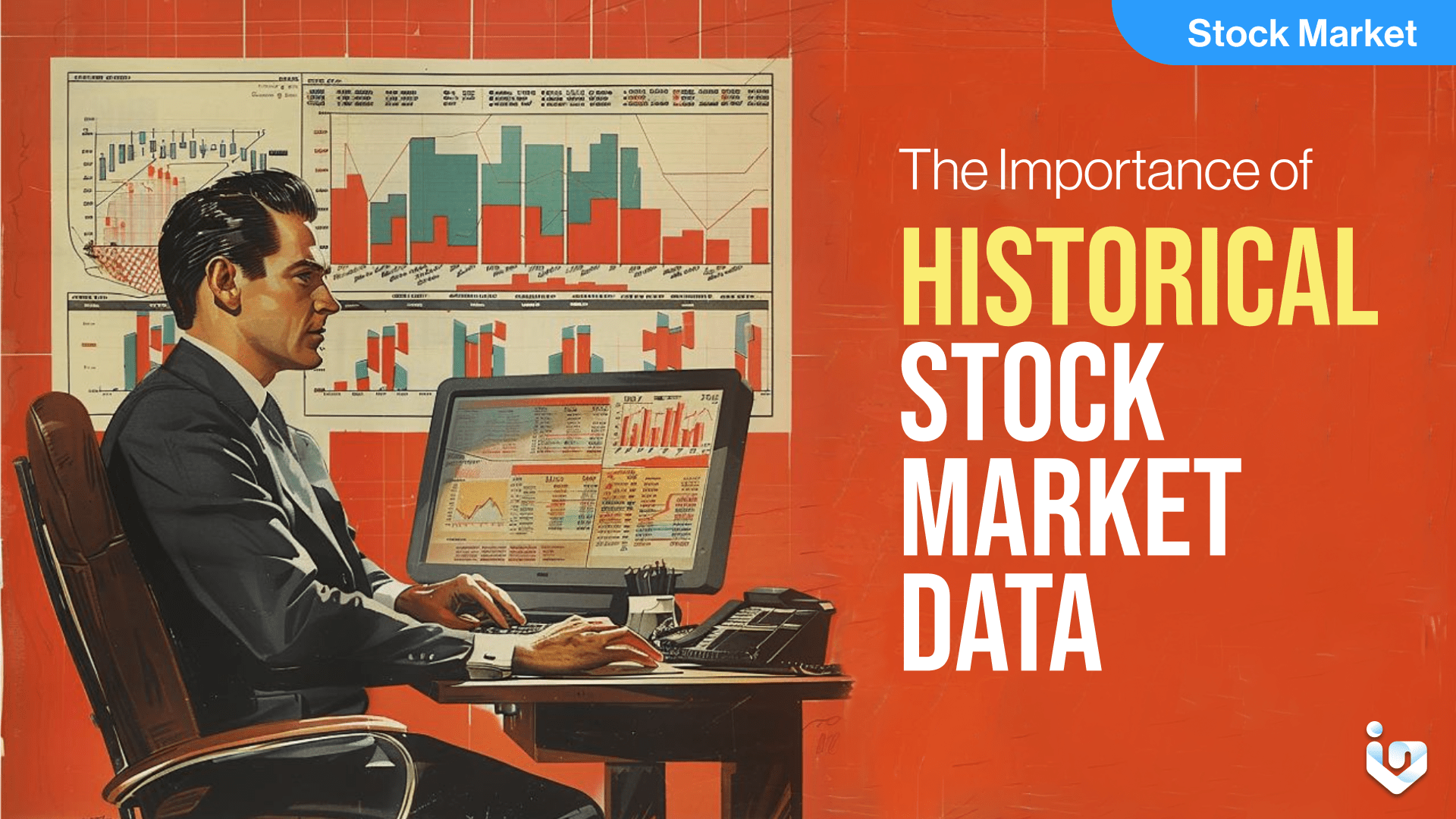In the world of investing, knowledge is power. Understanding historical stock market data is crucial for investors looking to make informed decisions. This data offers insights into market trends, the impact of geopolitical events on stocks, and can even signal potential future movements.
The Foundation of Market Analysis
Historical stock market data forms the bedrock of technical analysis. It allows investors to identify patterns and trends that have occurred over time, providing a window into the market’s collective behavior. By studying past performance, one can better anticipate future market directions.
Risk Management
Analyzing historical data is key to effective risk management. It helps investors understand the volatility and risks associated with different stocks or sectors. This understanding enables the creation of diversified portfolios that can withstand market fluctuations.
Investment Strategy Development
Investors use historical data to develop and backtest investment strategies. By applying these strategies to past market conditions, investors can gauge their effectiveness and make adjustments before implementing them in real-time trading.
Conclusion
The importance of understanding historical stock market data cannot be overstated. It empowers investors to make decisions based on evidence rather than speculation, leading to more strategic and successful investment outcomes.
